Boeing at the Crossroads: Challenges and Competition at the Singapore Airshow
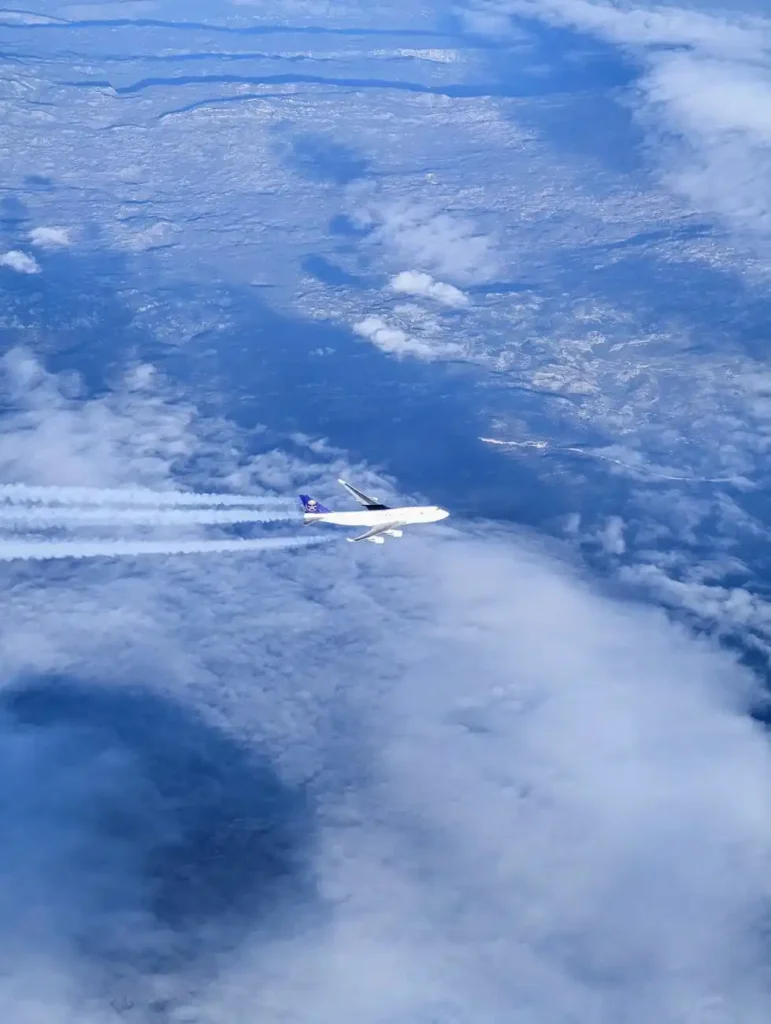
This week’s Singapore Airshow has been a good platform for Boeing to showcase its military muscles, with the F-15 fighter and Apache attack helicopter certainly visibly wowing audiences. Boeing’s absence at this Asian premiere aviation event of its commercial planes was conspicuous compared with a deluge of only models and immersive displays of the Boeing 777X cabin put on show for attendees. Against this backdrop, Ed Clark’s resignation as chief of the troubled 737 Max program was announced, amid continued scrutiny following a recent incident of an Alaska Airlines Boeing 737 Max 9, in which an panel detached at altitude. That incident prompted a temporary worldwide grounding of the aircraft after an inspection showed several missing critical bolts and reflected on some still-lingering safety issues. All these make Boeing’s task of trying to regain trust very difficult after these safety issues coupled with the crashes in 2018 and 2019 of the 737 Max 8 that led to the tragic loss of 346 lives owing to flaws in its software. The industry’s response to this, especially major customers like Emirates, sends strong signals about Boeing finding itself at a precarious position; there needs to be transparent and concrete actions to rebuild confidence. Meanwhile, at the same airshow, Airbus introduced its A350-1000 passenger jet, highlighting how the pressure on Boeing does not come only from traditional competitors but also from newer entrants such as Comac of China. The Comac C919 made its first international appearance during the Singapore Airshow, marking a significant step for China’s aerospace ambitions amid issues related to production rate improvements and regulatory approval for international flights. But despite such hurdles, Boeing remains one of the major players in the global aviation arena commercially, and also with respect to the defense services. How the company will bring itself out of its present situation, pertaining to safety and competition, would determine its future course and be very crucial for the journey further. Its every step to meet such challenging situations and redeem its prestige as one of the prime aircraft manufacturers of the world shall come under the vigil of eyes of one and all in this industry.
Comlux Delivers Second Airbus ACJ TwoTwenty, Announces New Pratt & Whitney Partnership
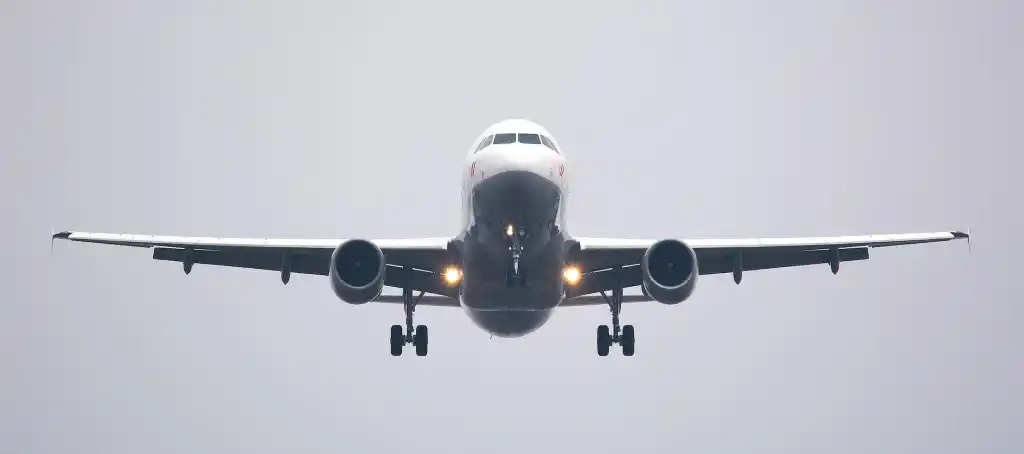
Comlux announced the delivery of the second Airbus ACJ TwoTwenty from its Indianapolis completions center, another milestone in the ongoing project to deliver 15 of these state-of-the-art aircraft to private buyers. Hot on the heels, the third green aircraft was taken from Airbus’ Montreal assembly line in December, with the fourth arriving later this week. The second ACJ TwoTwenty completed in an astonishing eight months after the first delivery last year. Richard Gaona, Comlux Chair and CEO explains that the third aircraft is on pace with their “exclusive completions agreement” with Airbus, set to be delivered by the end of 2024. Comlux is also expanding its suite of services, announcing a new partnership with Pratt & Whitney this week around the ACJ TwoTwenty’s PW1500G geared turbofans. The result will be comprehensive support packages for ACJ and Comlux customers to assure a premier ownership experience for the manufacturer’s clientele. Andrea Zanetto, CEO of Comlux Aviation, noted the broad scope of support the company has to offer private aviation customers: “This collaboration with Pratt & Whitney completes our goal of providing a seamless and comfortable buying experience for the ACJ TwoTwenty.” But what really sets the ACJ TwoTwenty apart is its bespoke cabin configurations-more than 80 interior options are available for customers to specify for the jet’s six zones, with a total floor space of 786 sq ft-from a full-size bed to facing couches in the rear section. Comlux has been closely associated with the TwoTwenty since it emerged in its Bombardier CSeries form. When Airbus Corporate Jets acquired the programme, Comlux developed the cabin design and took responsibility for the certification processes, leaning on innovative 3D technology and partnership with ten specialist suppliers. Notably, the first three TwoTwentys do not have the auxiliary fuel tanks that will give it a maximum range of up to 5,650 nm, pending Transport Canada certification. These are expected to be standard from the fourth aircraft, with retrofitting planned. With Comlux planning to expand the throughput of its completions center in Indianapolis from three jets in 2025 to four and eventually six, the company is on track for expansion. The third ACJ TwoTwenty is due to be delivered in the third quarter of this year, off the back of a strong demand for the aircraft in the extra-large business jet market segment. Airbus Corporate Jets’ Chief Executive Officer Chadi Saade called the ACJ TwoTwenty “a game changer, offering unequalled comfort and intercontinental range, combined with economic efficiency provided by the latest in aircraft and cabin technologies.” Comlux has the TwoTwenty welcome into its management and charter fleet, taking advantage of the lower operational costs the aircraft has courtesy of its airliner roots. The demand shift for VIP ultra-large-cabin private jets further helps this aircraft’s appeal, with Comlux noting a surge in its refurbishment services in the post-Covid environment. It has been particularly resilient, underlined Gaona, citing the successful recovery of charter demand. He made it quite clear that such positive results had been driven by decisions taken during the pandemic. So, at a time of continued growth in the aviation industry, Comlux remains right at the forefront, delivering innovative solutions with uncompromising service for its customers.
Aviation Milestones of 2023: From Historic Aircraft Deliveries to Sustainable Flight Achievements
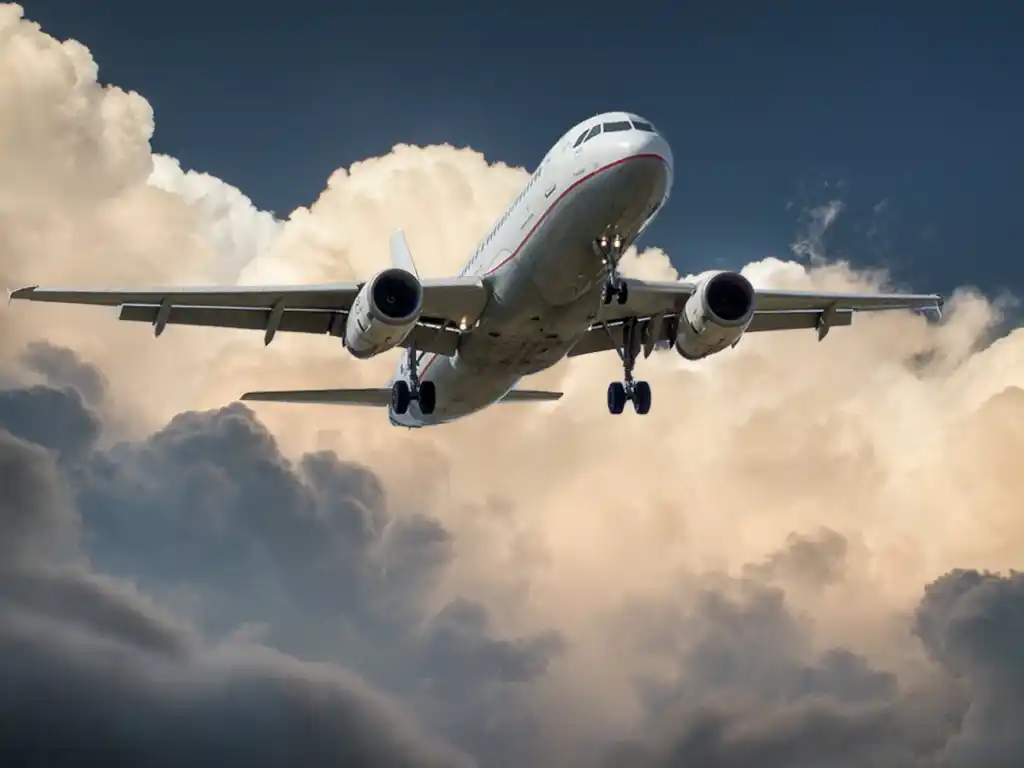
As 2023 is about to say goodbye, some remarkable developments in the aviation industry promise how flying will be in the future. From the close of an iconic era with the delivery of the last Boeing 747 to an ambitious sustainable aviation fuel venture, herein are some key highlights of the year: The year started with the historic arrival of the last production Boeing 747 taken by Atlas Air, a variant of the 747-8. This symbolic delivery finally brought down the curtain on an aviation era lasting well over five decades. The Boeing 747 – as it is commonly referred to, the Queen of the Skies – has left its mark in the history of air travel. Alaska Air Group’s move to buy Hawaiian Airlines had the industry buzzing. While both carriers also mentioned that they would keep separate brands, the deal has raised some red flags regarding reduced competition. The proposed merger is under regulatory review, amid similar scrutiny other airlines face with their merger plans, such as JetBlue Airways and Spirit Airlines. Airbus indeed made some fantastic improvements with the A321XLR program, likely to change the face of transatlantic travel. After facing one-step-back regression for safety concerns and therefore requiring modifications, the aircraft completed a test flight using 30% SAF. All this aligns with the commitment of reaching zero carbon emissions from 2050 onwards. Boeing, together with Virgin Atlantic, even outdid this by flying the first transatlantic flight completely on SAF-operated by a 787-9 Dreamliner. The Paris Air Show and Dubai Airshow sat in the front row and received big aircraft orders. The star of the show in Paris was IndiGo, which recorded an order for 500 A320 family aircraft to make it the biggest order in aviation history. Meanwhile, AirBaltic stole the show at the Dubai Airshow with an agreement for the purchase of 30 A220-300s, which sealed the carrier’s position as one of the largest operators of the aircraft type. Emirates used the opportunity to reaffirm its commitment to Boeing with the purchase of 15 more A350-900 aircraft and firming commitments for 90 777X aircraft. All in all, 2023 has been a year of pivotal moments that have shown the resilience of the industry, its innovative capability, and its commitment to sustainability. These act as yardsticks, so to say, for the dynamic nature of aviation and its relentless pursuit of excellence as we head into the next year with great anticipation.
Ukrainian Intelligence Warns: Sanctions Hastening Collapse of Russian Aviation Industry
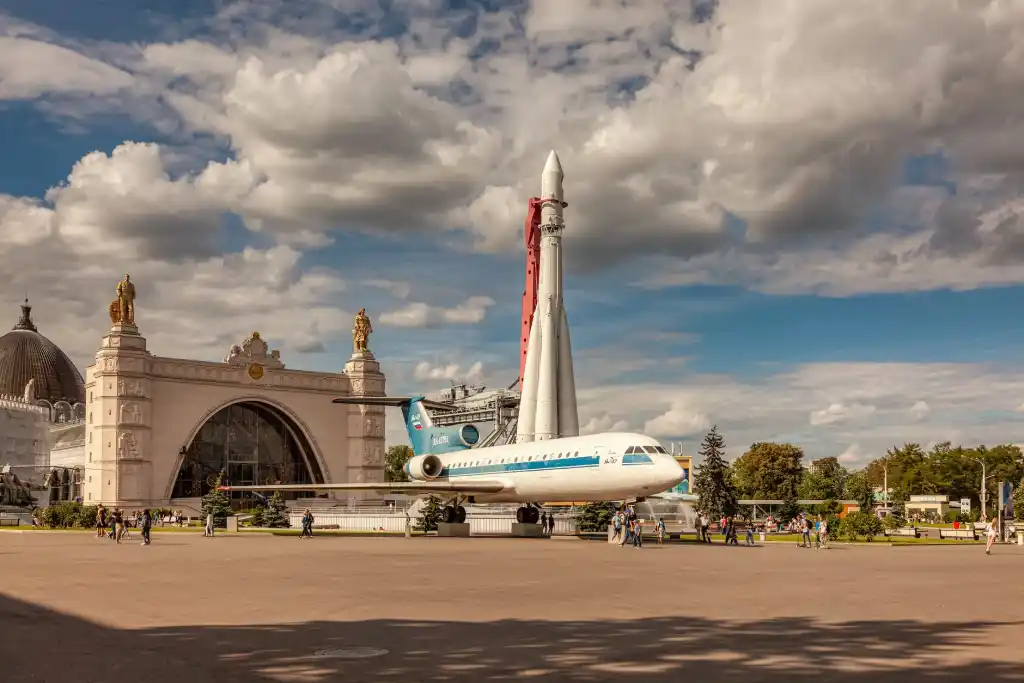
According to the latest research done by the HUR, sanctions have become an essential means to accelerate the processes of debilitating the Russian aviation sector. Thus, such a conclusion was drawn by HUR after analyzing the classified documents seized as a result of a composite cyber attack against Rosaviatsia, which is the Federal Air Transport Agency responsible for ensuring flight safety and recording cases of emergency situations. The hacked data-a list of daily reports from Rosaviatsia over the course of a year and a half-presented a bleak picture of the state of Russia’s civil aviation sector. According to HUR’s analysis, this industry is almost at the edge of collapse because of accumulated sanctions. For example, in January alone, there were 185 air accidents that occurred, with close to a third falling into the serious incidents category. Compare that with the first nine months of this year: so far, there have been 150 instances of an aircraft malfunctioning, threefold the similar period last year when only 50 cases were reported. One of the most worrying developments that emerges from the documents obtained by this newspaper is the tendency of Russia to transfer aircraft maintenance in a sort of “guerrilla way” to Iran itself, without proper certification. Such a situation appears to be the result of the capacity and specialist shortages Moscow is facing. The sanctions had made things even more complex. A number of aviation incidents have been analyzed, which deals with critical component failure, including the cases of engine failures, landing gear failures, and wing mechanism failures, which all point to systemic failures of Russia’s civil aviation sector. The HUR cautions that serious turbulence in the industry creates great risks of a catastrophic crash-a “deadly danger to the population.” The intensification of sanctions against Russia has clearly been seen to have a deteriorating effect on its aviation infrastructure, raising several questions regarding its safety and reliability record. The findings from HUR reveal complex interplays of geopolitical tensions and the stability of key industries, something that may carry over into consequences for both the Russian government and in the safety of its citizens.
Joby Aviation Delivers First Electric Air Taxi to U.S. Air Force Ahead of Schedule
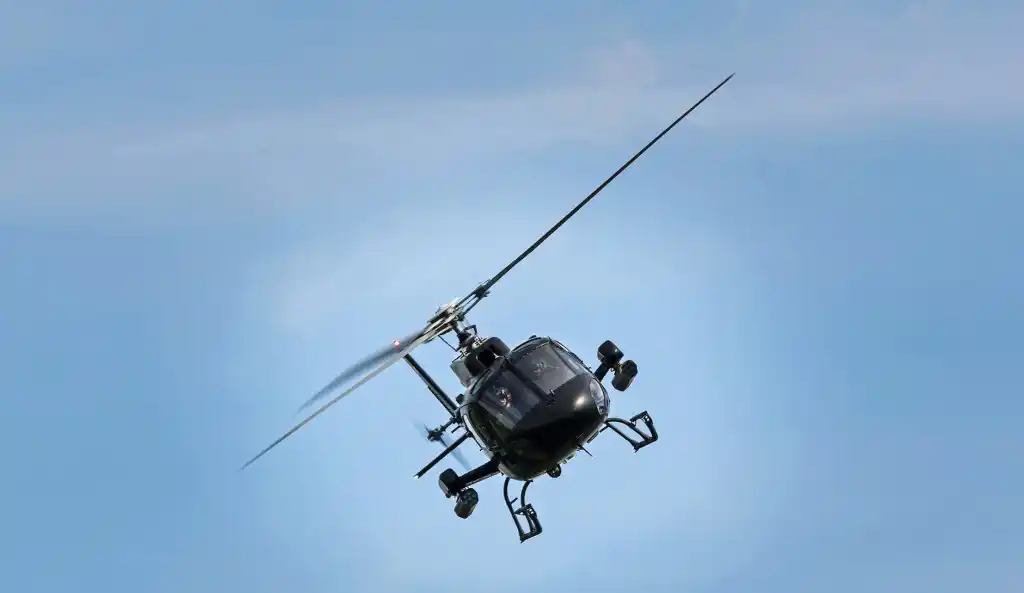
Joby Aviation became the first company from the emerging eVTOL aircraft sector to deliver an electric air taxi to the U.S. Air Force. The aircraft was delivered to Edwards Air Force Base in California-the first electric air mobility arrival for the groundbreaking base. Even more amazingly, this happened six months prior to when many observers said they would reach that milestone at some point in 2024. This new plane, by Joby Aviation, is going to revolutionize urban air mobility and transport. It is a great leap in aviation technology, with much more sustainability, considering that it is fully electric, zero-emission, and with much less noise pollution compared to traditional aircraft. The partnership with the U.S. Air Force is part of the $131 million AFWERX Agility Prime contract. The work Joby has performed in relation to this project has thus far enabled it to gain the highest preproduction eVTOL contract value, at $163 million. It shall make use of the collaboration in order to explore the potential usage of its electric air taxis for military and logistic missions. The electric air taxi will be stationed at Edwards Air Force Base, becoming the first to sit on a U.S. military base anywhere. While on base, the aircraft will also be taking part in various missions, from transporting cargo to passengers. These missions are in collaboration between Joby and the U.S. Air Force and further expand the breadth of operations possible with this new technology. Not only that, but NASA also will take part in the project for research purposes using the aircraft. NASA’s contribution will be to study how electric air taxis can fit inside the national airspace and what benefits it can bring to the general air taxi business. Beyond the operating capabilities of the electric air taxi itself, the partnership will also include training for U.S. Air Force pilots and aircraft maintenance personnel. It is all part of an overall approach to get the U.S. Air Force acquainted with flying such advanced technology. Joby Aviation is fairly ambitious, as commercial passenger services are expected to start in 2025. This puts the company in league with its plans for a state-of-the-art aircraft production facility near Dayton International Airport. Valued at as much as $500 million and abetted by substantial state and local incentives, it is forecasted to create up to 2,000 jobs while producing up to 500 aircraft annually. This historic partnership between Joby Aviation and the U.S. Air Force accelerates not just the development of electric air mobility but also underlines the game-changing potential of this technology to change the way we travel and transport goods. Electric air taxis, when they become common, could ease congestion, reduce emissions, and generally improve efficiency in transportation to sculpt a more sustainable and connected future.
Fatal Crash of Osprey Aircraft During Training Exercise Claims Lives of U.S. Marines in Australia
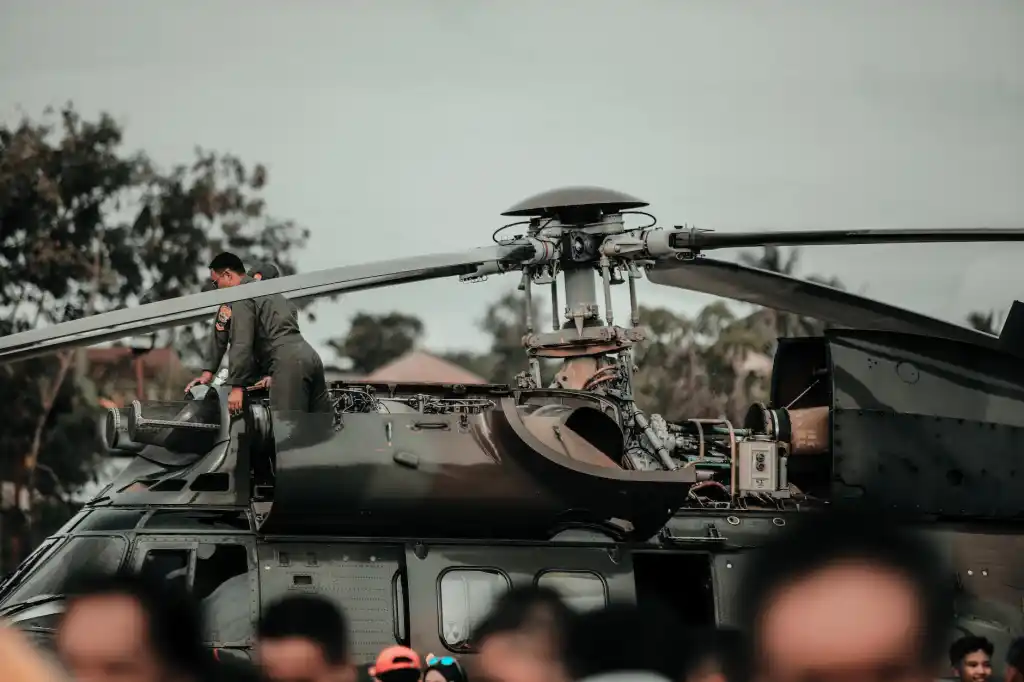
Tragedy struck during a joint training exercise on a north Australian island as an Osprey aircraft, carrying 23 personnel, crashed, resulting in the loss of at least three U.S. Marines’ lives. The incident occurred during Exercise Predators Run, a collaborative effort involving the military forces of the United States, Australia, Indonesia, the Philippines, and East Timor. The Bell Boeing V-22 Osprey tiltrotor aircraft crashed around 9:30 a.m. local time on Melville Island. In addition to the fatalities, five others were critically injured and transported to a local hospital for treatment. Recovery operations are actively underway, with support from various agencies including the U.S. Marines, Northern Territory Police, the Department of Defense, and members from the Department of Health and Careflight. The cause of the crash remains under investigation, with authorities committed to determining the sequence of events that led to the tragic incident. Australian Prime Minister Anthony Albanese confirmed that the individuals on board were U.S. defense force personnel. He expressed condolences for the loss of life and emphasized that the Australian government and the Department of Defense are dedicated to providing full support and assistance during this difficult time. Exercise Predators Run involves multiple nations and serves as a platform for military cooperation and readiness. The crash underscores the inherent risks associated with training exercises involving complex aircraft and the dedication of military personnel to their duty, even in challenging circumstances. As investigations into the crash continue, the focus remains on offering support to the affected families and personnel and on maintaining the strong spirit of collaboration among the participating nations. The incident serves as a somber reminder of the sacrifices made by military personnel in the pursuit of preparedness and international cooperation.
Rapid Descent Sparks Tension on American Airlines Flight 5916 from Charlotte to Gainesville
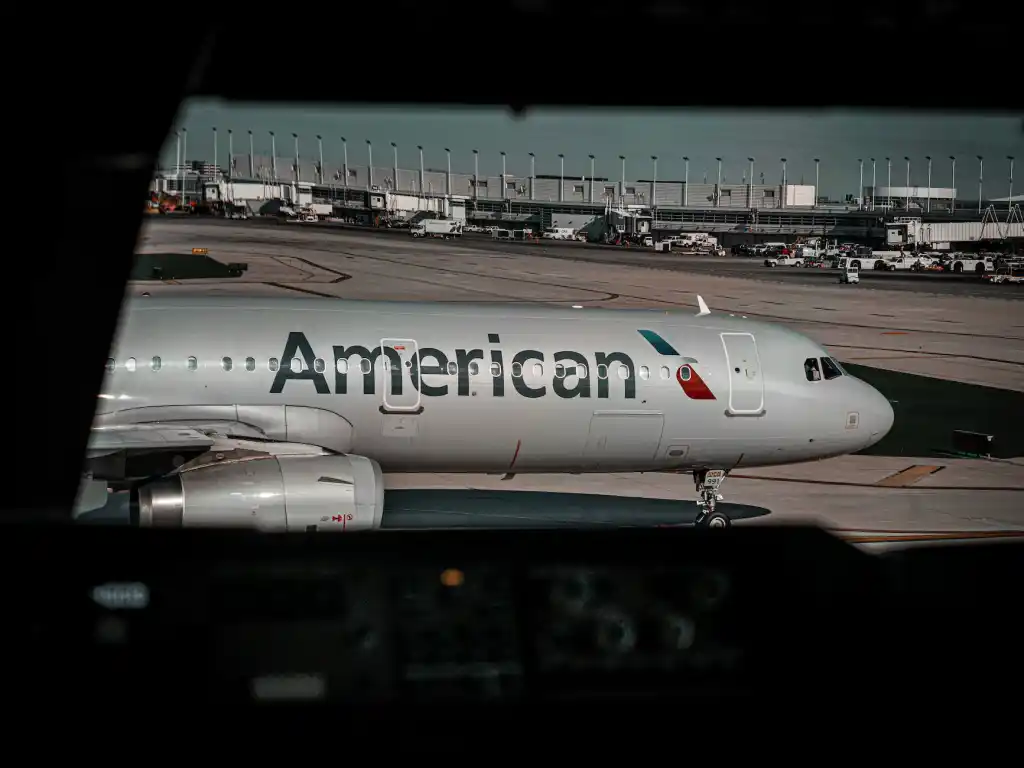
Passengers aboard American Airlines Flight 5916 from Charlotte, North Carolina, to Gainesville, Florida, experienced a sudden and unsettling descent from 30,000 feet to a lower, safer altitude during their journey. The flight, operated by Piedmont Airlines on behalf of American Eagle, was conducted using an Embraer ERJ-145 aircraft, carrying approximately 50 passengers. While reports differ regarding the speed of the descent, the drastic change in altitude undoubtedly captured the attention of those on board. Official statements from American Airlines clarified that the maneuver was a safety response to a possible pressurization issue. The airline expressed its apologies for any inconvenience and commended the flight crew’s prompt and professional actions. The incident occurred about 40 minutes into the approximately two-hour and 30-minute flight. Flight data from FlightAware indicated that the descent coincided with a route change that appeared to avoid an area of turbulent weather. Despite the tense situation, the skilled flight crew successfully managed the situation. The flight continued on its course, eventually reaching its destination at Gainesville Airport without any further complications. Fortunately, there were no injuries reported among the passengers or crew members. Passenger Harrison Hove shared his perspective on the incident via social media, describing the experience as nerve-wracking. In his post, he praised the flight crew for their composed handling of the situation and detailed some of the unsettling sensations passengers encountered during the descent, including a burning smell, a loud noise, and ear pressure changes. The incident underscores the importance of flight crews’ training and expertise in handling unexpected situations. While the rapid descent may have been unsettling, the actions taken by the crew were in line with safety protocols and designed to ensure the well-being of everyone on board. As aviation continues to prioritize passenger safety, incidents like this serve as a reminder of the industry’s commitment to maintaining the highest standards of security and professionalism.
Delta Air Lines’ Elite Services Team Offers Exclusive Rides in Porsche 918 Spyder to Celebrate 12 Years of Partnership
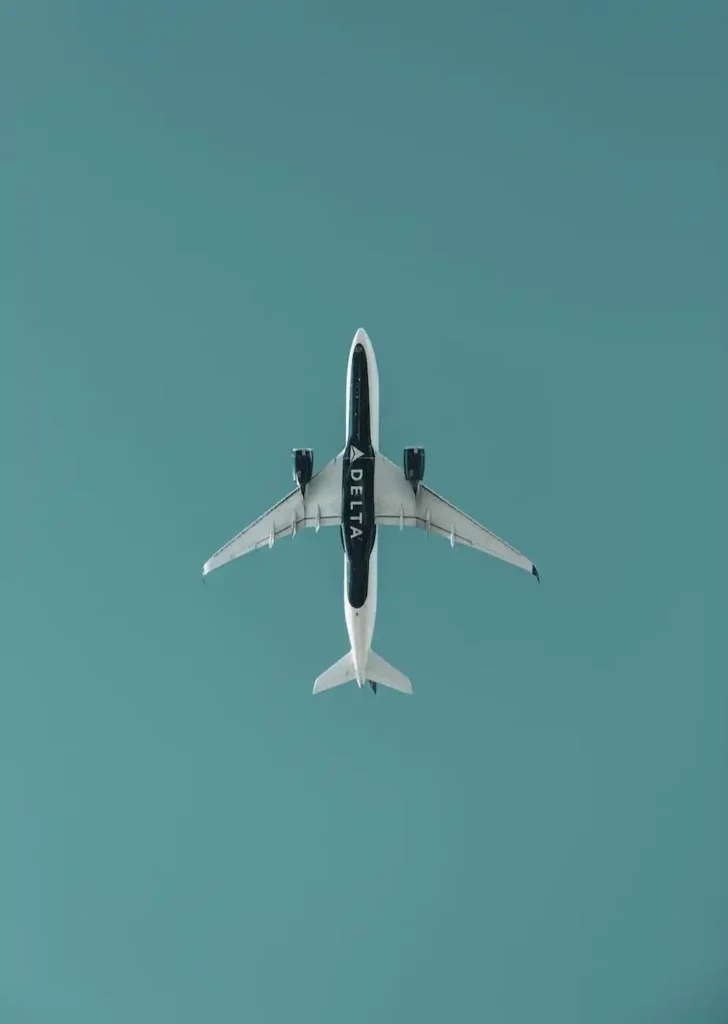
Delta Air Lines’ Elite Services team is providing an exclusive and unforgettable experience for eligible passengers at Hartsfield-Jackson Atlanta International Airport. As part of their long-standing partnership with Porsche, the airline’s Elite Services team typically ferries fortunate travelers in a Porsche Cayenne to their connecting flights. However, for a limited time, passengers will have the chance to be chauffeured in the rare and iconic Porsche 918 Spyder, one of the world’s most prized creations. With only 918 of these hybrid-powered supercars ever manufactured globally, the appearance of the Porsche 918 Spyder at the airport is a testament to Delta and Porsche’s 12 years of collaboration. In celebration of their fruitful partnership and the renewal of their commitment, Porsche has loaned a pre-production prototype from its corporate collection to Delta’s Elite Services team for two weeks. Members of the Elite Services team, Dan Lavker and Anthony Grant, are responsible for providing premium experiences to passengers traveling through Atlanta Airport. Their “surprise and delight” method involves selecting lucky passengers from daily flight lists and offering them a ride in the Porsche Cayenne to their next flight. The surprise comes when passengers deplane and find a member of the Elite Services team with their name on a sign, ready to whisk them away to their connecting flight in style. Now, with the addition of the Porsche 918 Spyder to their fleet of luxury vehicles, the “surprise and delight” experience has reached new heights. Passengers who have the opportunity to ride in this rare supercar are overwhelmed by the gesture, making their journey even more memorable. The appearance of the Porsche 918 Spyder also aligns with both companies’ commitment to a more sustainable future. As a hybrid car, the Porsche 918 Spyder operates on electric power, contributing to Delta Air Lines’ vision of a greener and more environmentally friendly aviation industry. The car’s presence on the apron of Atlanta Airport, alongside Delta’s growing fleet of electric Ground Service Equipment, showcases the shared values of Delta and Porsche towards sustainability. While the Porsche 918 Spyder will only be at Atlanta Airport for a short time, the Elite Services team is excited to “surprise and delight” more passengers every day during its visit. There are hints that the supercar may make an appearance at another hub later in the year, adding to the excitement for passengers flying with Delta. As Delta Air Lines and Porsche celebrate 12 years of successful collaboration and look forward to many more, passengers can look forward to the possibility of more extraordinary experiences in the future.
WestJet Adopts Jetaire’s Invicta Solution for Boeing 737 Fuel Tank Modifications
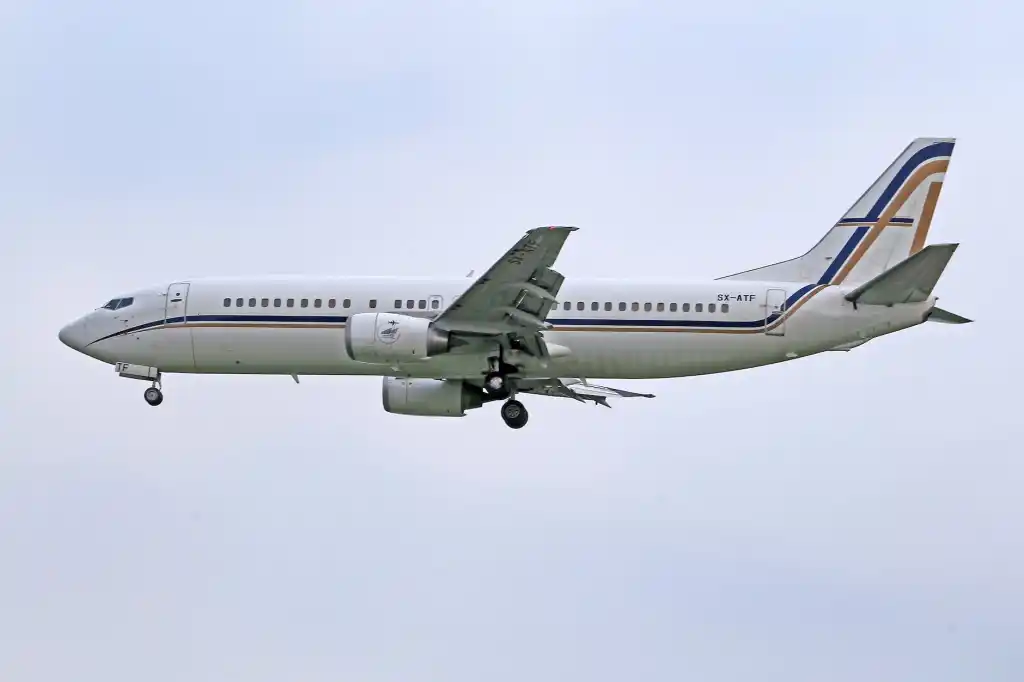
WestJet, the Canadian low-cost carrier, will modify its Boeing 737 fleet’s fuel tanks to comply with the FAA’s Fuel Tank Flammability Reduction (FTFR) Rule. To achieve this, the airline has chosen Jetaire Group’s Invicta product, a lightweight, proprietary reticulated polyurethane foam solution that lines fuel tanks to suppress fuel ignition. The foam-based kit fills the oxygenated space in the tank, inhibiting fuel movement and preventing changes in weight distribution and friction that could lead to sparks. Canadian MRO provider KF Aerospace will handle the installation of Invicta under its recent agreement with Jetaire to jointly market the product to Canadian customers. Invicta installations typically take 2-4 days for narrowbody aircraft and 4-5 days for widebody aircraft, making them quicker and simpler than other fuel tank inerting products. The FAA’s FTFR rule mandates certain transport category aircraft to incorporate flammability reduction or ignition mitigation means. This includes products like nitrogen inerting or foam solutions like Invicta. Many FAA-issued airworthiness directives for aircraft without these safety measures have compliance deadlines in 2026. Jetaire recently obtained Transport Canada’s approval of its supplemental type certificate (STC) for installing Invicta on Boeing 737NG aircraft, ensuring compliance with FAA airworthiness directive 2020-18-13. The company also holds FAA approvals for Invicta installations on 737s, 757s, and 767s, as well as Airbus A320 aircraft. It is working on STC approval for Invicta on 777 and A330-200 series aircraft and expects to complete the STC for the A330-200 in August or September, with the 777 STC anticipated to be finished by the third quarter of 2024. Jetaire has received regulatory approvals for Invicta from the European Union Aviation Safety Agency, Brazil’s National Civil Aviation Agency, and Mexico’s Agencia Federal de Aviacion Civil. The adoption of Invicta and similar products reflects the aviation industry’s commitment to enhancing safety and compliance with evolving regulations related to fuel tank explosion prevention and flammability reduction.
Adapting to a Changing Climate: How Airlines Face Extreme Weather Challenges
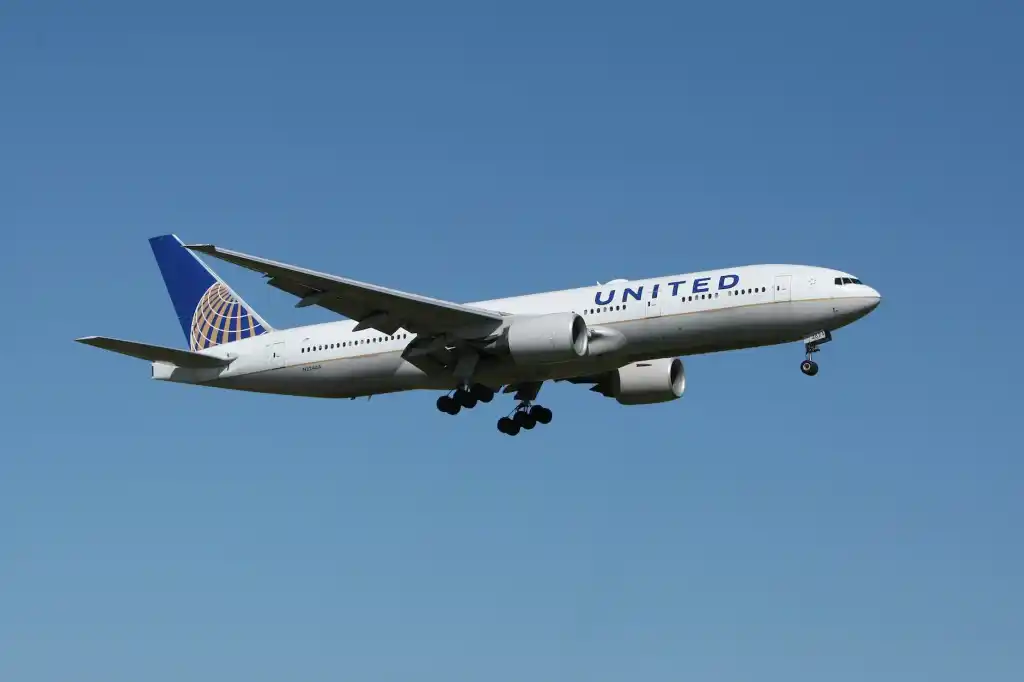
The recent experiences of United Airlines, American Airlines, and Delta Air Lines underscore the increasing need for the aviation industry to adapt to the realities of extreme weather events in a warming world. As global temperatures rise, scientists have long predicted that more severe storms, heatwaves, and disruptions would become commonplace. During a Wall Street analyst call, United Airlines CEO Scott Kirby discussed the financial impact of thunderstorms that caused significant delays and cancellations at East Coast airports ahead of the July 4 holiday. American Airlines CEO Robert Isom faced a similar issue, detailing the airline’s measures to combat record-breaking summer heat and ensure passenger and ground crew safety. Delta Air Lines faced blowback from a recent incident where one of its flights was delayed for three hours on a triple-digit temperature tarmac in Las Vegas, prompting Transportation Secretary Pete Buttigieg to vow an investigation. These incidents, though coincidental, highlight the industry’s growing struggle to cope with extreme weather events. The International Civil Aviation Organization (ICAO) warned in a 2020 paper that climate change posed various threats to aviation. Rising sea levels endanger coastal airports, and more intense storms disrupt schedules and damage infrastructure. Heatwaves may force airlines to reduce passenger loads due to the difficulty of aircraft lifting off in hotter, thinner air. Shorter runways, such as those at New York’s LaGuardia and Washington’s Reagan National airports, will be most affected. For instance, during extreme heat, airplanes may have to reduce their weight by 10 to 30 percent. The challenges facing airlines demonstrate the need for the Biden administration’s infrastructure and climate-adaptation spending. The investment aims to make the transportation system more resilient and reduce climate-warming emissions. American, Delta, and United, which carry approximately half of the industry’s passengers in the United States, are already adapting to changing conditions. United worked with the Federal Aviation Administration to recover quickly from recent storms. American has previous experience operating in hot conditions and is committed to addressing these challenges going forward. Delta is cooperating with the Transportation Department’s investigation into the Las Vegas delay, which showcases how extreme weather poses reputational risks for airlines. Flight delays and cancellations not only have financial implications but also erode the perception of airlines’ reliability. The aviation industry’s ability to adapt to extreme weather is crucial to maintaining passenger confidence and ensuring a secure and reliable air travel experience. As the effects of climate change continue to manifest, airlines must invest in resilience and adaptability to thrive in an ever-changing climate.

